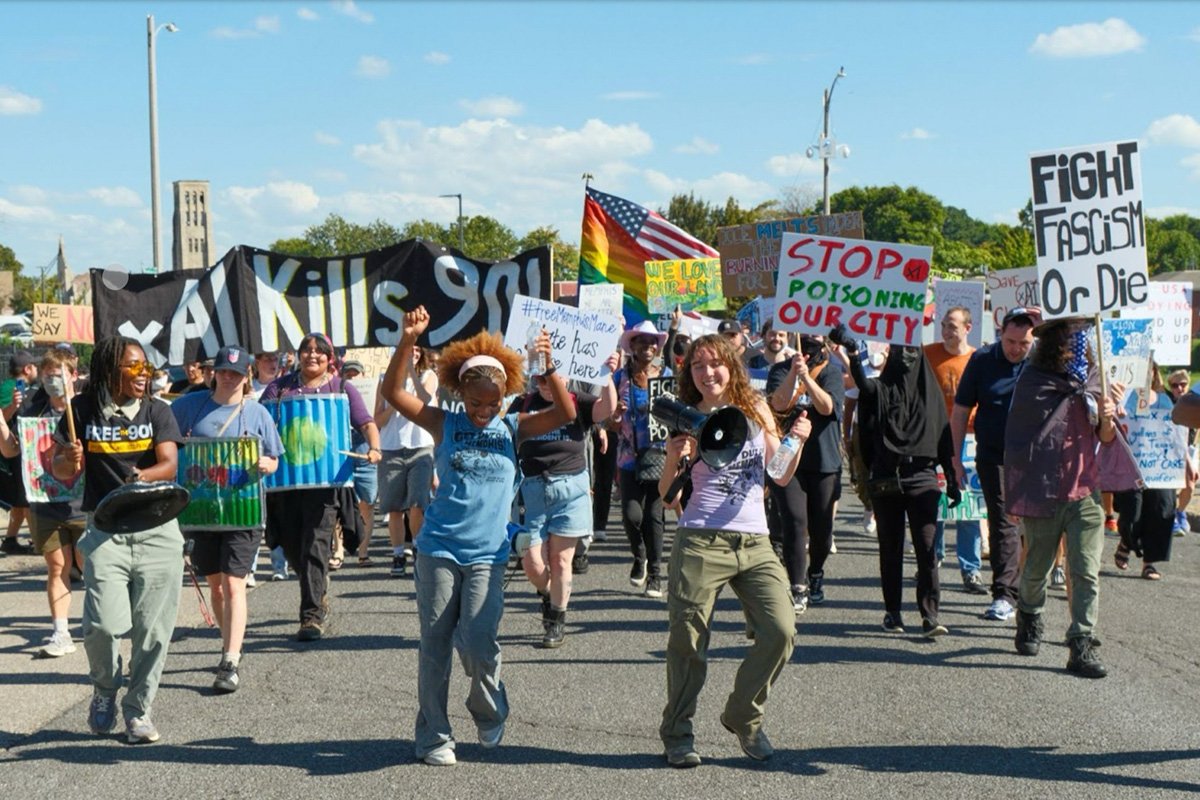
New guidance from the White House, “Applying Social and Behavioral Science to Federal Policies and Programs to Deliver Better Outcomes,” makes the case for including social and behavioral science perspectives in evidence-based policymaking. The guidance—which comes on the heels of other related efforts—lays out specific actions and strategies for these perspectives’ effective use.
In a statement, the White House asserts that “human behavior is a key component of every major national and global challenge.” Accordingly, the White House also argues that social and behavioral science should be thoughtfully considered to create “federal policies that open opportunities for everyone.”
According to Steve M. Newell, Office of Science and Technology Policy (OSTP) assistant director for innovation and equity, and Kei Koizumi, OSTP principal deputy director for science, society, and policy, the recommendations align with a previous executive order, “Advancing Racial Equity and Support for Underserved Communities Through the Federal Government,” and a memo championing evidence-based policy decisions guided by the best available science and data.
“Human behavior is a key component of every major national and global challenge.”
The report, Blueprint for the Use of Social and Behavioral Science to Advance Evidence-Based Policymaking (Blueprint Report), the product of the Subcommittee on Social and Behavioral Sciences, “provide[s] a resource to assist federal decision-makers in leveraging social and behavioral science to improve policy and program design and delivery.” The report contains six key components, which include:
- Identifying Opportunity Areas
The Blueprint Report asks policymakers to go beyond identifying problems to surface opportunity gaps through priority setting, reimagining operational processes, and constituent engagement. In terms of identifying areas that are well-served by social and behavioral science perspectives, the report authors recommend agencies begin by developing or enhancing their learning agendas—which are required by the Evidence-Based Policymaking Act of 2018—and equity action plans.
- Considering Social and Behavioral Science Insights
To achieve programs’ desired effects, after agencies have identified opportunity gaps, they should then apply the appropriate personal factors or “behaviors, knowledge, attitudes, beliefs, motivations, perceptions, cognitions, and emotions,” and social factors which the report describes as “the physical, economic, social, cultural, and policy environments” surrounding policies and programs. The report also urges agencies to weigh the costs of addressing these factors against the costs of not addressing them and how these decisions will impact the value of programs.
- Synthesizing Evidence and Highlighting Best Practices
The report’s authors offer a flexible approach where “rigorously identified, screened, reviewed, and rated evidence” is counterbalanced with the need to “incorporate emerging findings and approaches,” fill “gaps in existing knowledge” and overcome “important boundary conditions and contexts that currently constrain the applicability of the [existing] evidence.” This work also includes creating evidence ecosystems and networks of social and behavioral scientists that can support the rapid synthesis of evidence.
- Identifying Actionable Steps and Policy Mechanisms
Bringing social and behavioral insights to fruition involves translational science, which “examines the scientific and operational principles underlying the process of moving insights from discovery to implementation.” By determining the “available federal levers” and the “actionable elements” of policies, federal agencies can move from developing evidence to acting.
Sign up for our free newsletters
Subscribe to NPQ's newsletters to have our top stories delivered directly to your inbox.
By signing up, you agree to our privacy policy and terms of use, and to receive messages from NPQ and our partners.
- Implementing and Disseminating
To successfully craft programs, policies, and interventions, social and behavioral science should be involved in each step of the process, including implementation processes and the dissemination of findings. The report stresses the importance of understanding the context in which implementation occurs as well as maintaining ties with affected communities. This approach is not only ethically sound but helps ensure that programs, policies, and interventions function as intended.
- Reflecting and Revising
The report recognizes that even after the work is done, because “[s]ocial and behavioral science evidence and insights evolve over time,” policymakers should engage in reflection, evaluation, and, if needed, reconceptualization. The process comes full circle when it leads to “basic science discoveries and the identification of new opportunity areas that inform future efforts to advance evidence-based policymaking.”
[I]ncorporating the social and behavioral sciences across agencies…could help the federal government better allocate resources and expand on programs, policies, and interventions that work.
By integrating social and behavioral science perspectives in their work, policymakers will be better prepared to understand the factors that contribute to different outcomes, effectively evaluate programmatic effectiveness, scale solutions, promote equity through identifying and addressing disparities, and create innovative programs and policies.
The White House is not alone in its efforts to promote the use of behavioral science to enhance and improve social programs. Some federal agencies have released their own reports in favor of incorporating social and behavioral science perspectives. Recent work from the National Institutes of Health, for instance, demonstrates engagement with behavioral economics, and the agency released a 2022 report, Ontologies in the Behavioral Sciences: Accelerating Research and the Spread of Knowledge.
More appropriately incorporating the social and behavioral sciences across agencies that affect the nation’s health could help the federal government better allocate resources and expand programs, policies, and interventions that work. Simultaneously, it would allow the government to rethink approaches that don’t deliver for the American people, including historically and contemporarily underresourced groups. But the recommendations from the Blueprint Report will only be successful with interagency collaboration and network building, priority setting that is favorable to social and behavioral science research efforts, more well-trained social and behavioral scientists across agencies, and investments in building and sustaining community trust and engagement.
Such measures would constitute a major shift away from the current status quo of these fields’ underuse and marginalization within the institutionalization of science. By reversing this trend and bringing the social and behavioral sciences from the periphery to the center, the United States can enhance public policies and, therefore, the health, wellbeing, and prosperity of the nation.











